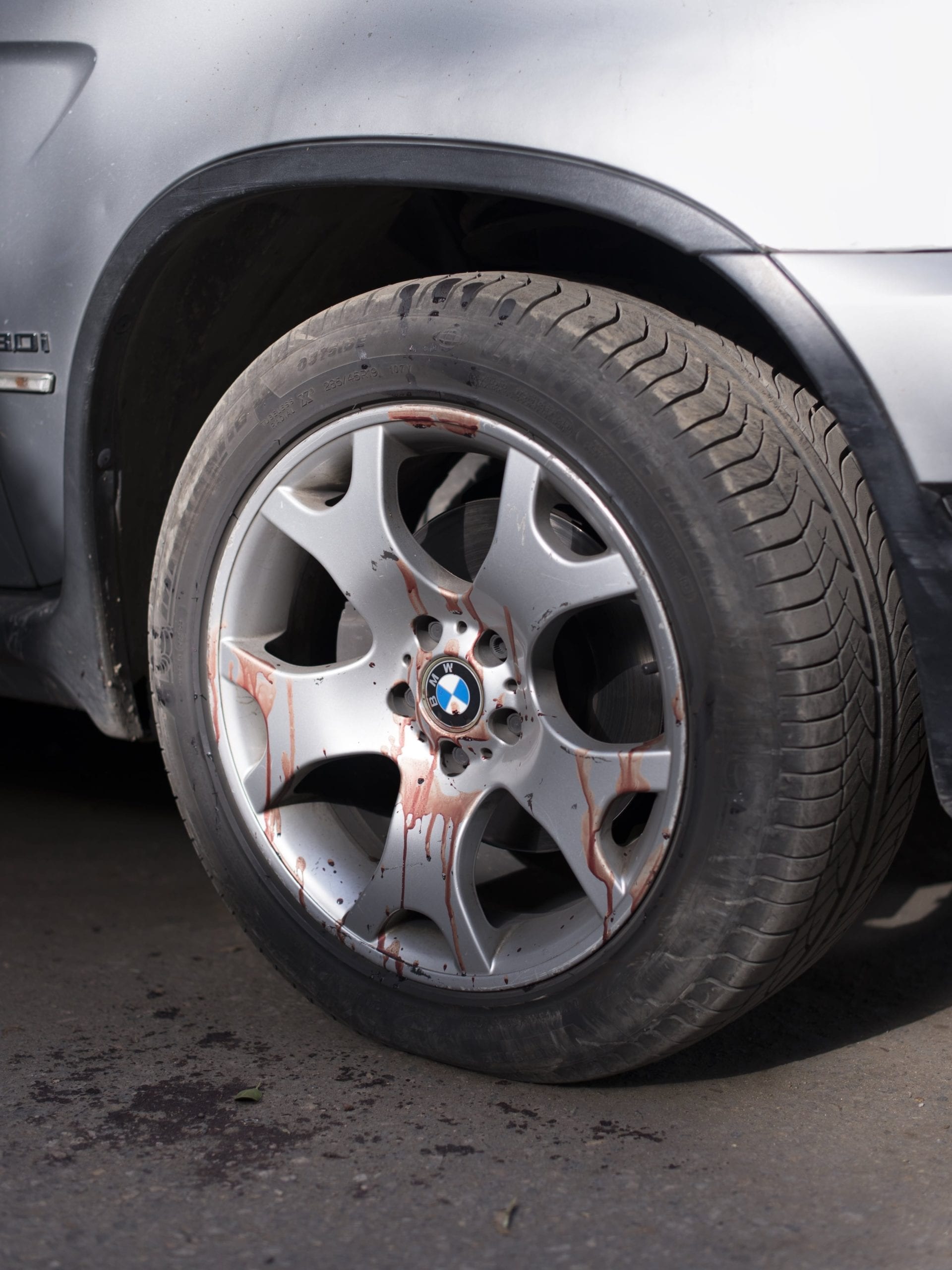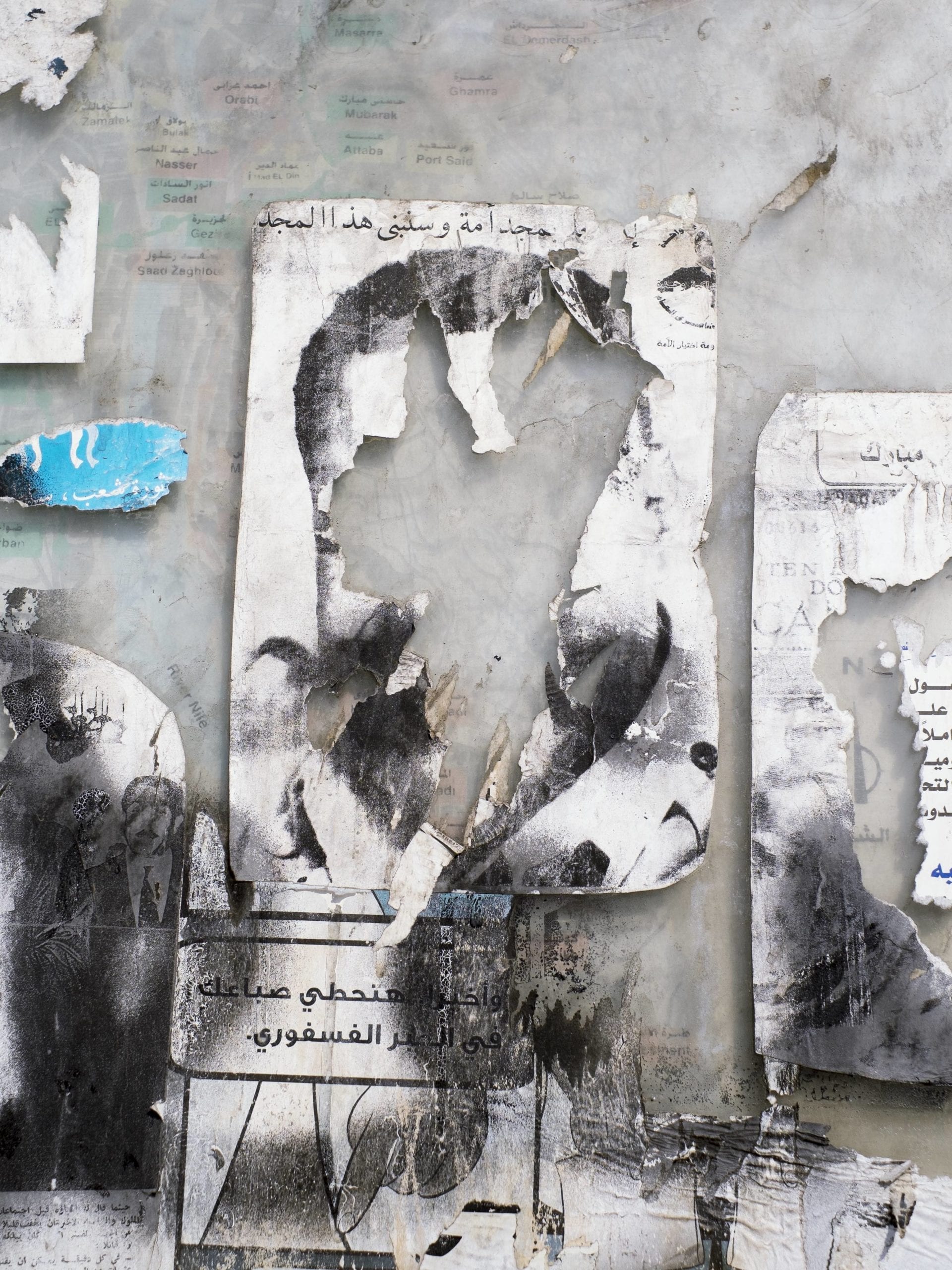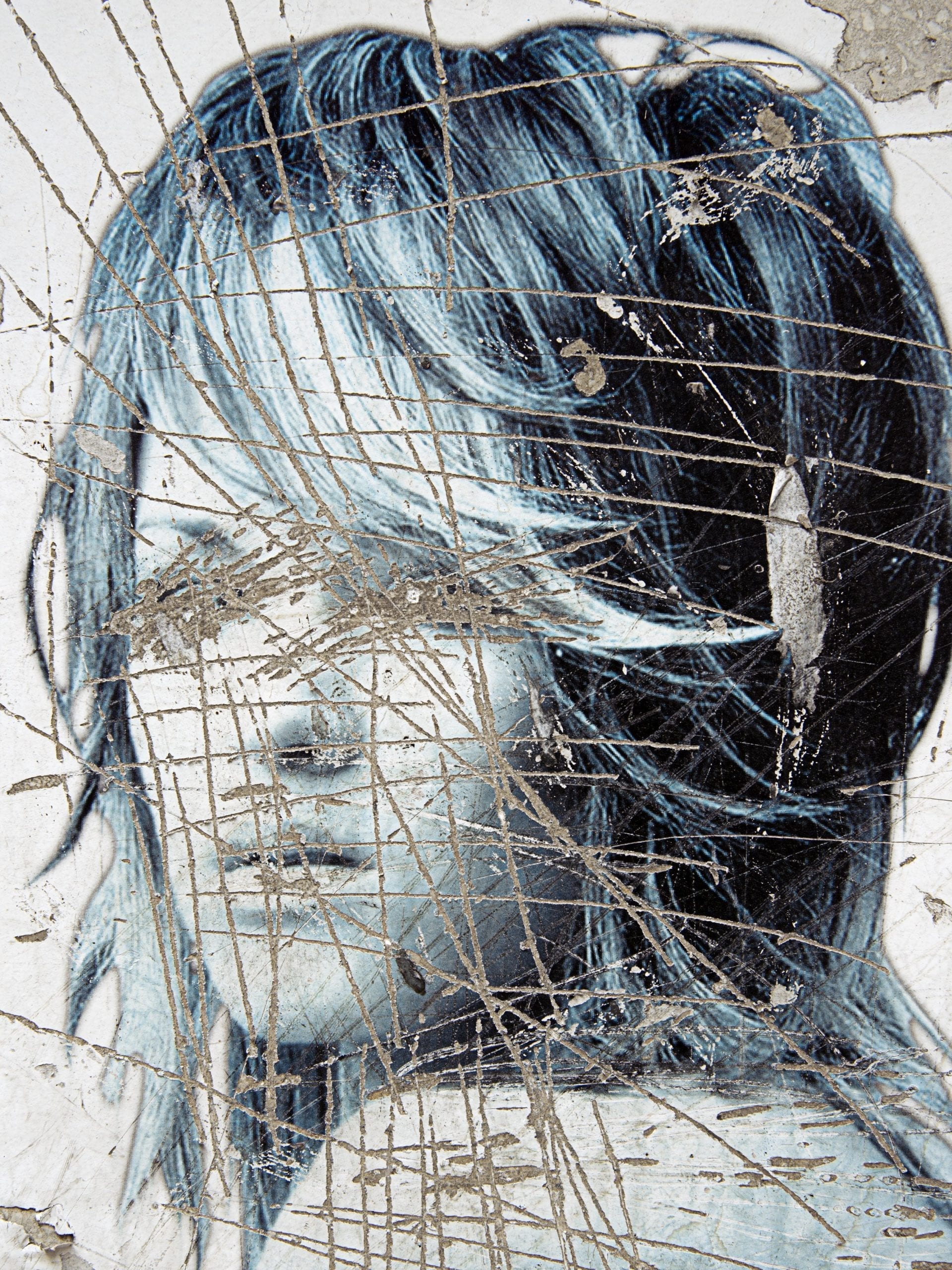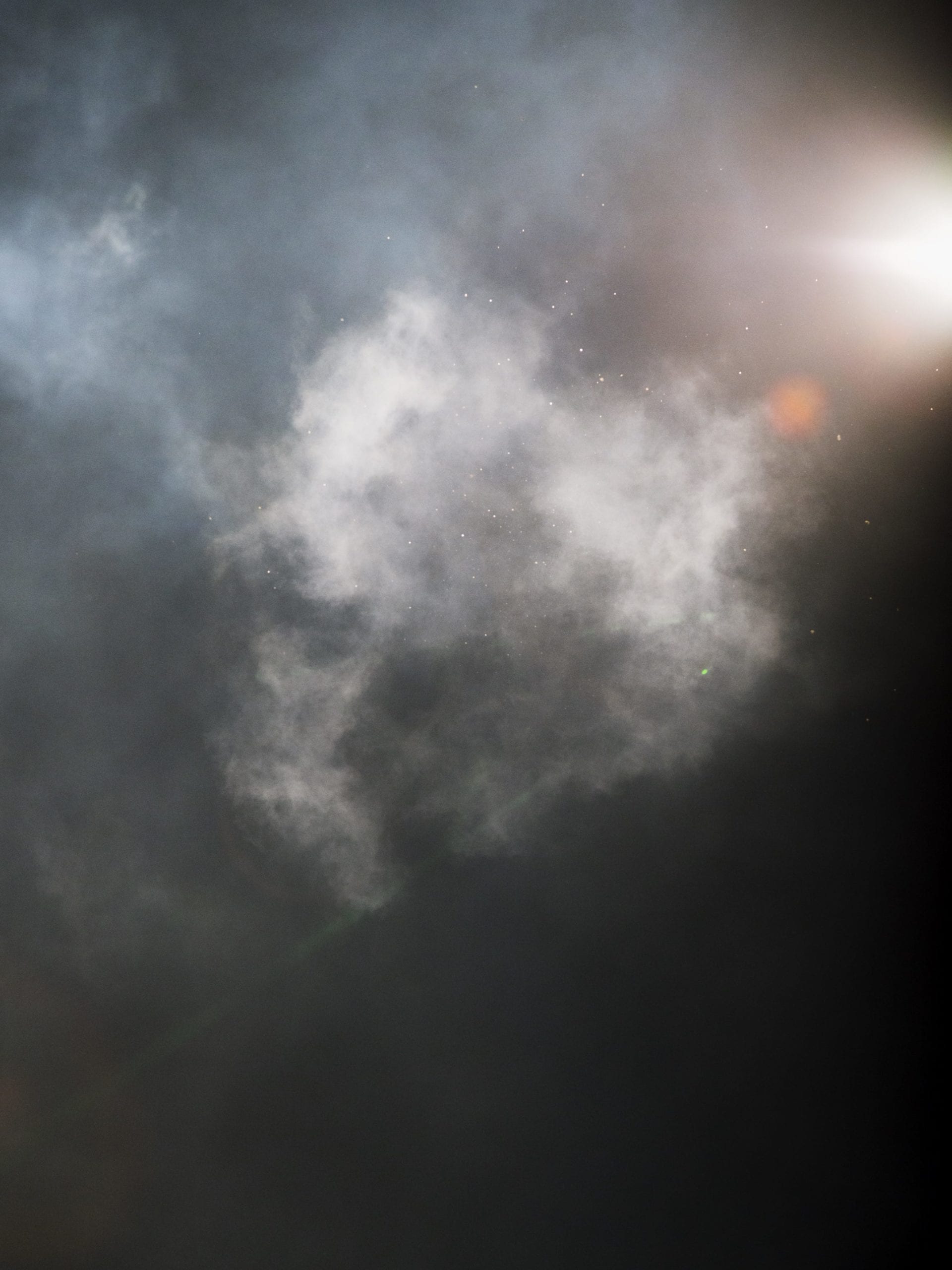Social landscape
Protest has always been something that 39-year-old Connors has had an affinity for, but until Occupy it had never found its way into his work. Having come to photography as a teen, “I was of that generation that was seduced by the alchemy and the magic of the darkroom.” Via an MFA in photography from Yale University, he had cut a furrow producing work that concerned, as he describes it, “urbanisation in a global context, the dynamics of interactions in the public sphere, the legacy of street photography, and the ontology of the medium during its recent technological evolution”.
The social landscape he discovered during the Occupy protests came to energise him like nothing else. Among the protestors he met in Zuccotti Park were a number of Egyptians who had come to New York following the success of their own demonstrations in Tahrir Square. “After conversations with them, I felt like I really needed to see events in Cairo first hand,” he says.


He made arrangements to stay with a former student from his college who was in Egypt on a Fulbright Scholarship. They all lived in an apartment in Giza, within walking distance from Tahrir Square, across the Nile.
As the January 25th anniversary approached, protest activity began to ferment. “Cairo is a fascinating city in terms of its relationship to history,” says Connors. “You have all these streets and bridges named with dates, so the past always seems present in the geography. As significant dates in the young history of the revolution came close, I would see people coalescing nearby.”
Tahrir was often a site of activity, and because of its proximity to his apartment, Connors would make a point of passing through first thing in the morning to see what might be happening. But just as often, he’d witness activity at the Presidential Palace in Heliopolis, the Ultras stadium in Gezira, Qubba palace, the Qasr al-Nil bridge, other parts of downtown Cairo and later at the Muslim Brotherhood encampments at Rabaa Al-Adawiya mosque and Cairo University.


“It took me a while to understand the rhythms of the city,” says Connors. “Fridays were often really significant, usually accompanied by a strong outpouring of protest. I photographed whenever I could, but at some point in May it became almost unbearably hot, so I only went out to take pictures early in the morning. Things really slowed down as we got closer to Ramadan.”
Many of the pictures he took came in these “interstitial moments”, as he terms them, where he was simply walking around the city, either between sites of protest or early morning before anything was happening. Often it was a means of processing his experience, which he says was often marked by a feeling of unease. “My instincts weren’t always very good. I put myself in some pretty dangerous situations. I was shot with a tear gas canister once and it knocked me to the ground. At the time I thought it wasn’t that big a deal, but about a week before I left a young American college student was doing something relatively similar to what I was doing – standing on the periphery of a street conflict – and was stabbed in the chest. He died from that wound.”
He also felt uneasy about his position as omniscient narrator. “I couldn’t tell the story in the same way as I might have done in America,” he explains. “I was hampered by not being fluent in Arabic but, more importantly, by a general lack of expertise in the political dynamics of Egypt, which are incredibly layered. I think a lot of the work I made was conscious of that lack of authority. The pictures that came out of it are often dramatic and confusing, and that really mimics my experience there. They are highly subjective – and they are meant to be.”

